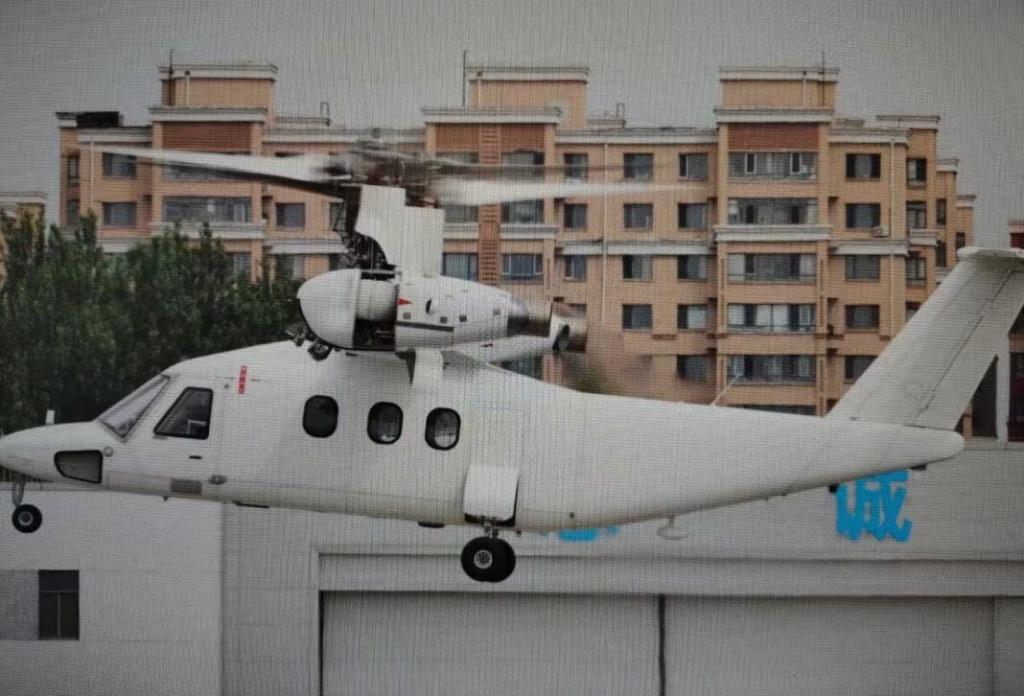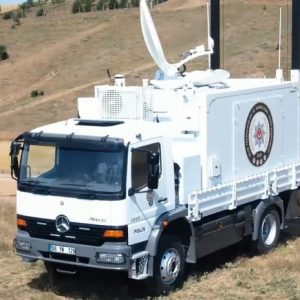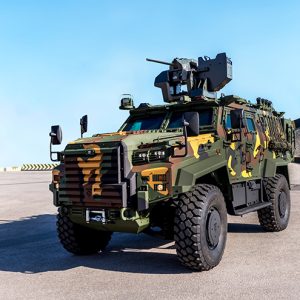China Tiltrotor Prototype Takes Flight
China has completed the first flight of its tiltrotor prototype, a next-generation aircraft built by the Aviation Industry Corporation of China (AVIC). The event shows Beijing’s ambition to merge helicopter-like vertical lift with airplane speed and range. Until now, this field has been led mainly by the United States.
Design Inspired by the U.S. V-280 Valor
Photos released this week confirm that the China tiltrotor prototype shares several features with the American V-280 Valor. The engines remain fixed in place. However, the rotors and drive shafts tilt forward to move from vertical to horizontal flight. This arrangement increases efficiency and stability.
The prototype also has a straight wing with a driveshaft that can power both rotors. This means that if one engine fails, the other can still keep the aircraft flying. Additionally, the aircraft features retractable landing gear and a T-tail. These elements highlight AVIC’s focus on safety and performance.
Operational Value for the PLA
For the People’s Liberation Army (PLA), the tiltrotor offers new ways to conduct operations. It could deliver rapid troop transport, long-range assault missions, and maritime resupply. These are tasks that helicopters perform today but at slower speeds and shorter ranges. Therefore, the tiltrotor may serve as a force multiplier in both land and naval campaigns.
“Tiltrotor aircraft combine helicopter lift with airplane range. This mix creates faster and more flexible options for modern militaries,” said one regional defense analyst.

From Airshow Display to First Flight
A model of the aircraft was first shown at the Zhuhai Airshow in 2022. At that time, AVIC described it as a next-generation rotorcraft program. Now, just three years later, the prototype has moved into active testing. This progress indicates that China is accelerating its aerospace development cycle.
Learning from U.S. Vertical Lift Programs
The United States has already fielded tiltrotors like the V-22 Osprey and tested the V-280 Valor under the Future Vertical Lift program. These aircraft prove the value of speed and range in expeditionary operations. In contrast, China is still at the prototype stage. Yet the first flight shows that Beijing intends to narrow this technology gap in the coming decade.
Future Prospects
AVIC has not disclosed key details such as payload, range, or speed. Even so, the successful test flight suggests confidence in the basic design. In the future, the PLA could use tiltrotors for special forces insertion, maritime operations, and high-speed logistics. As a result, China’s military planners may gain new options for power projection in contested regions such as the Taiwan Strait.
For NATO and U.S. defense circles, the development is a reminder of China’s growing aerospace capabilities. It shows that Beijing is determined to challenge Western leadership in advanced rotorcraft technology.
Conclusion
The maiden flight of the China tiltrotor prototype represents a breakthrough for AVIC and the PLA. While still years behind American programs, China is now on a path to field an indigenous tiltrotor. If the effort succeeds, it could reshape future air mobility and give Beijing a stronger hand in regional security.











